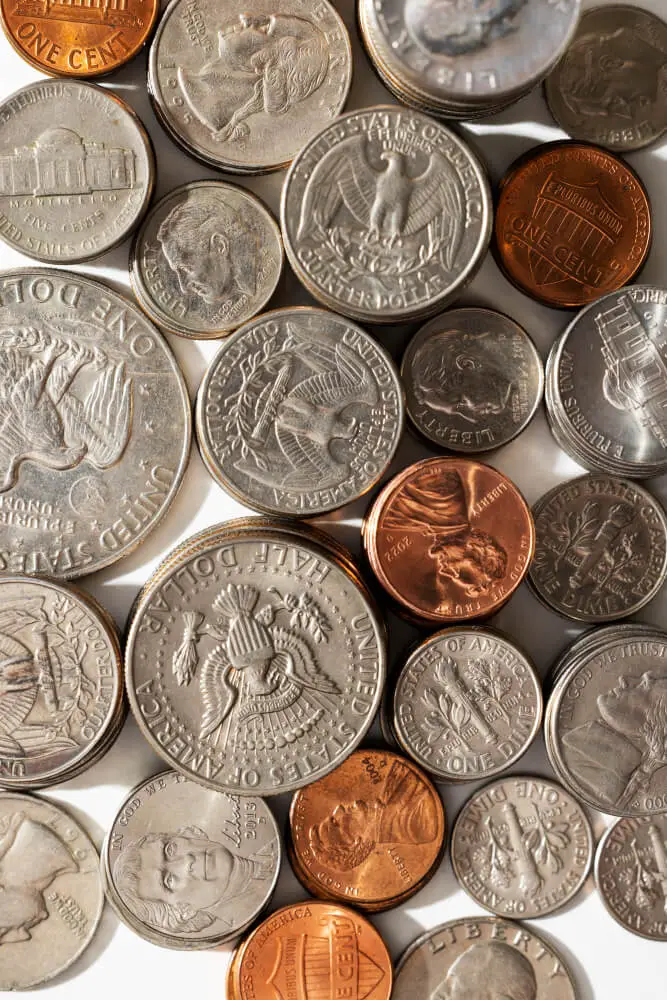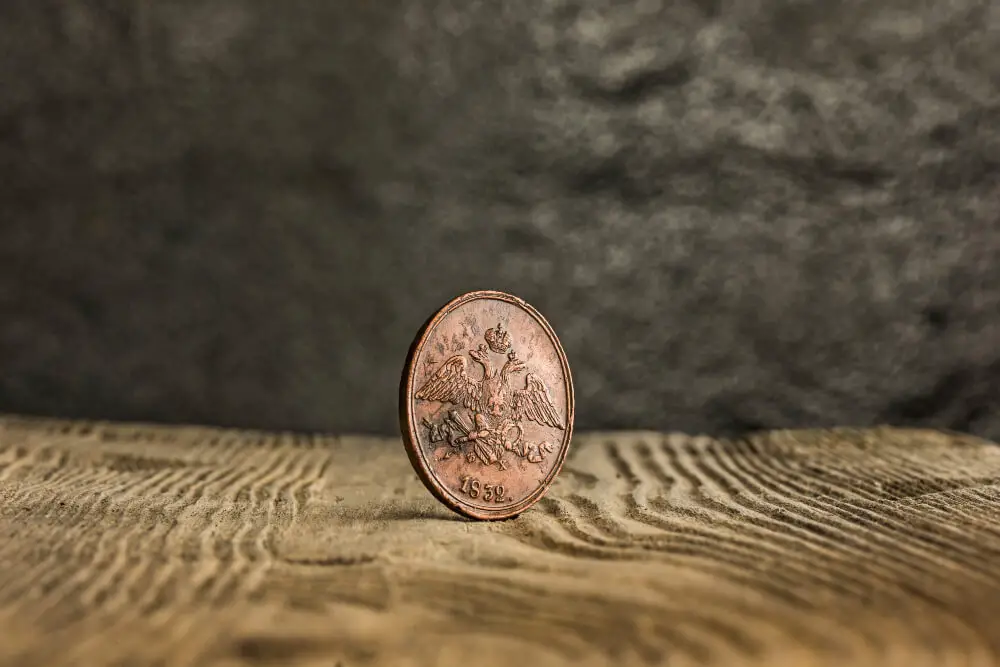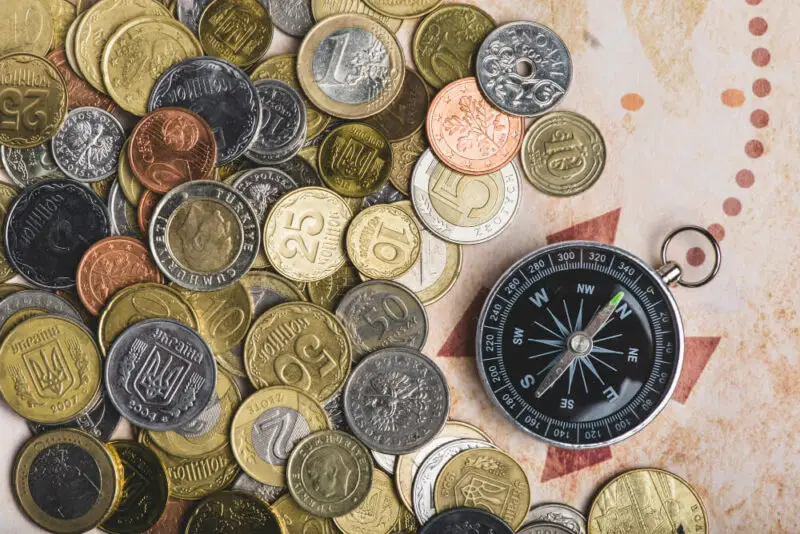Are you a coin collector curious about date markings on coins? Ever wondered what makes small and large date coins different? These differences are key in numismatics. This guide will explore their history and unique traits, helping you become a better collector.
The difference between small and large date is more than size. It shows how design and minting have changed over time. By learning about date coin varieties, collectors gain a deeper respect for these coins.
Key Takeaways
- The size of date numerals on coins can vary, with “small date” and “large date” varieties being common in numismatic collections.
- Date size differences often reflect changes in minting processes, design preferences, and the historical evolution of coin production.
- Small and large date coins can have significant value differences due to rarity, making them sought-after by collectors.
- Identifying and understanding date coin varieties is crucial for accurate grading, authentication, and appreciating the unique characteristics of a coin.
- Factors like coin thickness, mintage numbers, and design modifications can influence the size of date numerals on coins.
Introduction to Date Coin Varieties
Date markings on coins are very important. They tell us when a coin was made. They also show how minting techniques and design tastes have changed over time.
Historical Significance of Date Markings
Date markings have been on coins for centuries. They help us understand the history of coins. Scholars and collectors use them to learn about a coin’s past.
Evolution of Date Numeral Styles
- Over the centuries, the styles and placement of date numerals on coins have undergone significant transformations.
- Early coin designs often featured date markings that were simple and straightforward, with numerals that were relatively large and prominent.
- As minting processes advanced, the date numerals became more intricate, with variations in font styles, size, and positioning on the coin’s surface.
- The evolution of date numeral styles reflects the changing artistic preferences, technological advancements, and the growing sophistication of the numismatic community.
These changes in date markings are fascinating. They add complexity to the study of coins.
Defining Small and Large Date Coins
In the world of numismatics, “small date” and “large date” coins are defined by the size of their date numerals. This detail is key for collectors, as it affects a coin’s value and rarity.
Small date coins have smaller date numerals compared to large date coins. The size difference is often small, needing close look or magnification to see. These size changes come from minor design tweaks during minting.
| Coin Variety | Date Numeral Size | Example Coins |
|---|---|---|
| Small Date | Smaller Numerals | 1927 Lincoln Cent, 1958 Jefferson Nickel |
| Large Date | Larger Numerals | 1932 Washington Quarter, 1964 Roosevelt Dime |
Knowing the difference between small and large date coins is vital for collectors. It helps them build valuable collections. The rarity and demand for these coins can greatly affect their value, making them interesting for all collectors.
The Difference Between Small and Large Date Coins
In coin collecting, knowing the difference between small and large date coins matters a lot. The size of the date numerals affects a coin’s look and value. Collectors often look for coins with larger date numerals because they stand out more.

Size Comparison of Date Numerals
Small date coins have smaller date numerals, making them less noticeable. On the other hand, large date coins have bigger numerals that grab your attention. This difference in size changes how people see and value the coins.
Factors Influencing Date Size
- The minting process can affect the size of the date numerals.
- Designers might choose the size of the numerals for aesthetic reasons.
- The tools and dies used to make the coins also play a role.
- Wear and tear can change how the date numerals look over time.
Knowing about small and large date coins is key for numismatic appreciation. It helps understand a coin’s value and appeal to collectors.
| Characteristic | Small Date Coins | Large Date Coins |
|---|---|---|
| Date Numeral Size | Smaller, more compact | Larger, more prominent |
| Minting Process | May be influenced by specific techniques and equipment | May be influenced by specific techniques and equipment |
| Design Considerations | Smaller date numerals may be intentional for aesthetic balance | Larger date numerals may be intentional for visual impact |
| Tooling and Dies | Engraving quality can impact date numeral size | Engraving quality can impact date numeral size |
| Wear and Tear | Smaller date numerals may be more susceptible to wear | Larger date numerals may be more resistant to wear |
Coin Date Varieties and Numismatic Value
Small and large date varieties greatly affect a coin’s rarity and value. These differences make some coins more sought after by collectors. This can increase a coin’s perceived scarcity and collectability.
Rarity and Collector Demand
Small date coins are often more coveted by collectors. Their smaller date numerals make them harder to find, especially in good condition. This scarcity can lead to higher prices in the numismatic market, as collectors fight to add them to their collections.
Large date coins, however, may be more common. Their availability depends on the coin and how many were made. Even so, they hold value for collectors who value their unique designs and historical importance.
- Small date coin varieties are often more desirable due to their perceived scarcity
- Large date coin varieties may be more widely available but still hold value for collectors
- Rarity and collector demand can significantly impact the numismatic value of coin date varieties
The effect of coin date varieties, numismatic date differences, and rarity and collector demand on a coin’s value is complex. Knowing these factors helps collectors and enthusiasts make smart choices when buying and investing in coins.
Identifying Small and Large Date Coins
Knowing how to tell small from large date coins is key for collectors. It helps you understand the differences and make better choices when buying. This skill can really enhance your appreciation of coins.

Magnification Tools and Resources
Looking closely at coin dates often requires magnification. Collectors use tools like loupes, magnifying glasses, or digital microscopes. These help see the date numerals clearly. Online forums and resources also offer tips and advice on spotting these differences.
| Magnification Tool | Magnification Range | Key Features |
|---|---|---|
| Loupe | 5x to 10x | Compact, portable, and affordable |
| Magnifying Glass | 2x to 5x | Versatile, with a larger field of view |
| Digital Microscope | 20x to 200x | Provides high-resolution digital images for detailed analysis |
With these tools and resources, you can examine coin dates up close. This lets you accurately spot small and large date coins in your collection.
Date Numeral Placement on Coins
Identifying small and large date coins involves looking at the date numerals on the coin’s surface. Collectors and numismatists need to know about different date positions and styles. This helps them spot these unique coins accurately.
Date numerals can be found on the coin’s front or back. Some coins have the date split between the front and back. Knowing where the date is helps tell small and large date coins apart.
The size and style of the date numerals also vary. Some coins have small dates, while others have large ones. The font and style of the numerals can range from classic to modern. This variety adds to the coin’s charm and value.
| Coin Type | Date Numeral Placement | Date Numeral Size |
|---|---|---|
| Lincoln Penny | Obverse | Small |
| Morgan Silver Dollar | Reverse | Large |
| Washington Quarter | Obverse and Reverse | Moderate |
Understanding date numeral placement and formatting helps collectors appreciate small and large date coins. It boosts their numismatic knowledge and enhances their collecting journey.
Impact of Date Size on Coin Design
The size of the date numerals on a coin greatly affects its design and look. Decisions on whether to use small or large dates can change how the coin looks and feels. These choices also impact how the coin is made.
Design Considerations and Aesthetics
Coin designers must think about the size and where to put the date numerals. Big dates grab your attention, while small ones blend in better. This lets other parts of the design stand out.
The size of the dates also affects the coin’s balance and symmetry. Big dates might need other design elements to be adjusted. But small dates give more freedom in design, since they take up less space.
The look of the coin can also change based on date size. Big dates can make the coin seem more important. Small dates can give it a classic, simple look. These choices are made with what people like and the coin’s purpose in mind.
In the end, the size of the date numerals is key in coin design. It greatly affects how the coin looks and feels. Minting experts must balance practical needs with artistic goals to make a beautiful coin.
Minting Processes and Date Size Variations
The size of date numerals on coins isn’t just about design. It’s also affected by how coins are made. Knowing how manufacturing methods shape small and large date coins is key for collectors.
Older minting presses, which are manually operated, tend to make date numerals look smaller. This is because they lack the precision of today’s automated presses. The way coins are struck can greatly affect the size of the date.
| Minting Process | Potential Impact on Date Numeral Size |
|---|---|
| Manual Minting Presses | Smaller date numerals due to less precise control |
| Automated Minting Machines | Larger date numerals with higher precision |
Other things like the mint’s workflow and production techniques also play a role. How the dies are prepared, the force used to strike the coins, and quality control can all affect the date size.
Learning about the minting processes behind small and large date coins helps collectors appreciate the hobby more. It shows the technical details that make these coins unique.
Grading and Authenticating Date Coin Varieties
Grading and authenticating small and large date coins is key for collectors and dealers. It ensures the value and integrity of their coins. Professional grading services use special techniques to check the coins’ authenticity.
Top grading bodies like the Professional Coin Grading Service (PCGS) and the Numismatic Guaranty Corporation (NGC) use advanced tools. They also have big databases to look at each coin closely. They check the date numerals’ size, placement, and style to tell small and large date coins apart.
Getting a professional grade and authentication from these trusted services does more than just check the coin’s condition. It also shows its historical importance and value. This helps collectors make smart choices and keep their collections valuable over time.
FAQ
What is the difference between small and large date coins?
How do the size of date numerals affect a coin’s value and collectability?
What factors influence the size of date numerals on coins?
How can I identify small and large date coins?
How do professional grading services authenticate date coin varieties?
Image Credits
Featured Image By – Image by freepik
Image 1 By – Image by freepik
Image 2 By – Image by master1305 on Freepik








